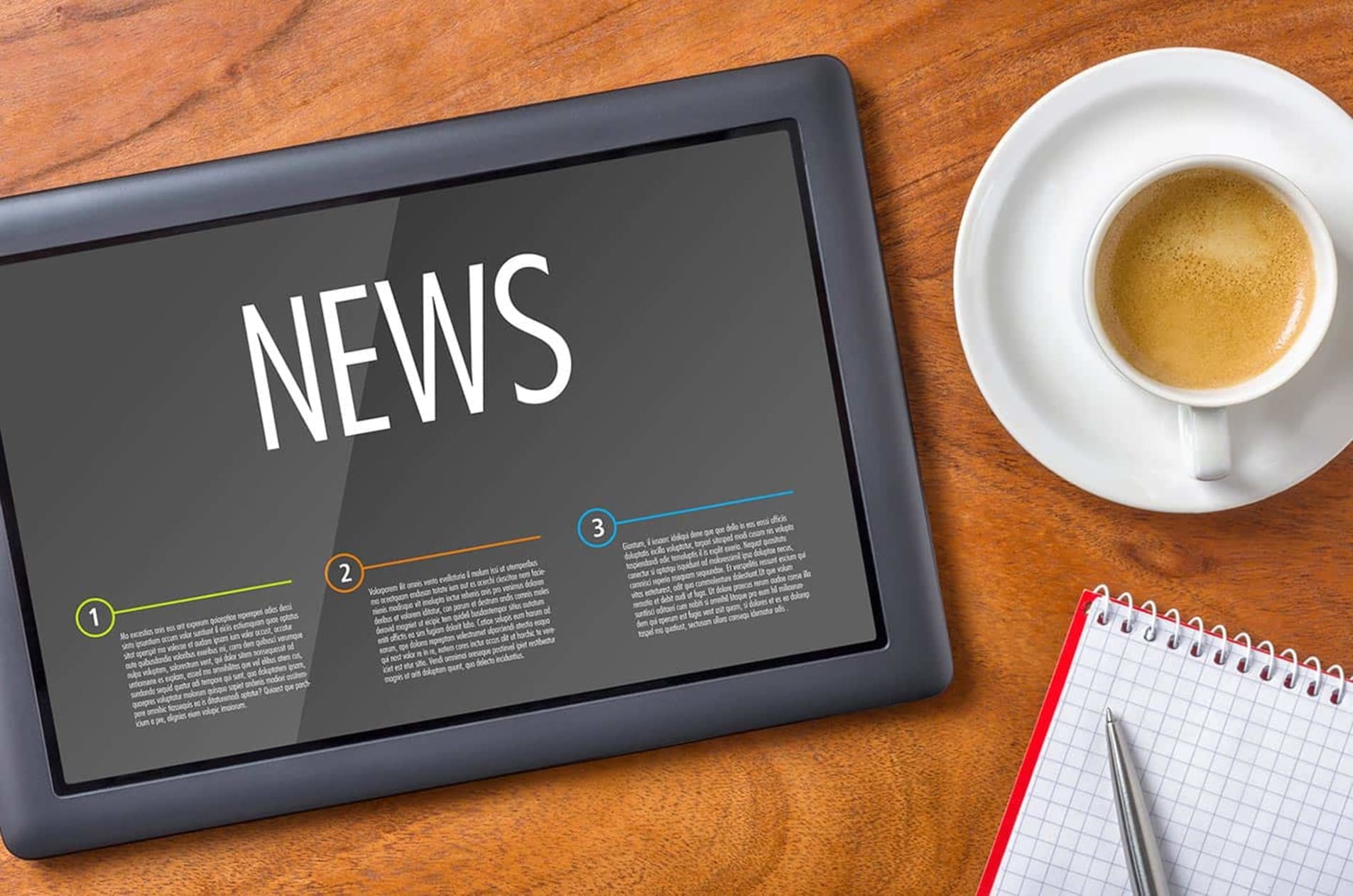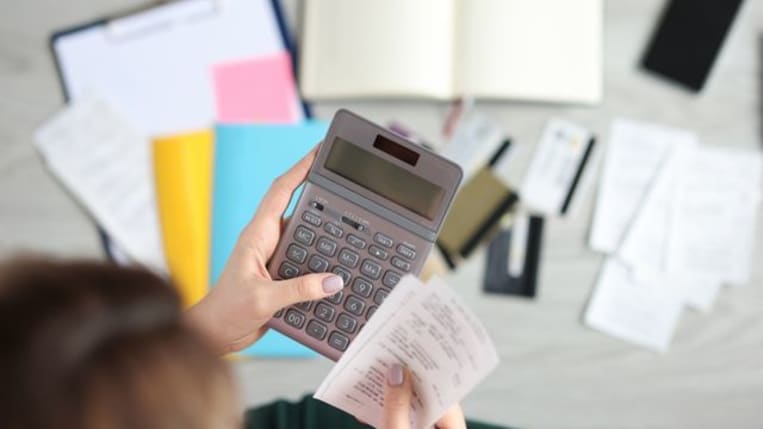
BBB Business Tip: Financial records your small business should keep

(Getty Images)
The paperwork adds up. This is the stark reality many start-up small businesses face when they don’t yet have the time, tools, or know-how to keep up with their financial records.
Unfortunately, this is also one of the reasons many of those small businesses don’t make it. According to LendingTree (a BBB Accredited Business), cash flow is the top obstacle for new businesses. When money is tight, there’s little room for error, which makes financial record-keeping critical.
Despite the real talk, these revelations are not necessarily bad news; they’re a chance for entrepreneurs to prioritize making sound financial decisions. After all, staying accountable to yourself is a big part of embodying integrity. At the end of the day, tracking your financials is about keeping your word to yourself and to your community. This post provides insights into what financial records small businesses need to keep.
Financial records for small businesses
Starting and operating a small business involves quite the accumulation of forms and files. The trick is to stay on top of those records with an intense devotion to organization, especially when it comes to your financial documents.
When tax season rolls around, the last thing you want to do is have to hunt for your accounting documents. Also, these records could come in handy if you’re applying for new financing, so make sure they’re accessible, up to date, and comprehensible. This will allow you to monitor your business’s progress while you track your revenue and expenses throughout the year. The crucial financial records for a small business to maintain are as follows:
Balance sheet
HubSpot defines a balance sheet as an “overview of a business's financial standing.” Just like a traditional scale suspending two weighted plates, there are two sides to a balance sheet. One side details a business's current assets, and the other side is a rundown of the current liabilities and investor/shareholder equity. In a nutshell, this record captures a moment in time, providing insights into what the business currently owns versus what it owes.
A balance sheet is usually prepared at the close of a reporting period, such as the end of a fiscal year. A typical breakdown of assets and liabilities:
- Assets are divided into two categories: current and long-term. Current assets include cash and accounts receivable. Long-term assets include buildings, land, office equipment and machinery, and the organization's vehicles.
- Liabilities and owner equity: tabulate all obligations and debts the small business owes besides its vendors, creditors, and lenders that should be paid within the current fiscal year.
What to do with your balance sheet: Calculate the totals of each side (current assets and current liabilities). Ideally, your current assets are greater, which means you’re in good financial standing to cover your financial liabilities. These findings could also determine your business's liquidity, leverage, and rates of return.
Income statement
Also known as a profit and loss statement, an income statement, as defined by Investopedia, is a document “used for reporting a company's financial performance over a specific accounting period.”
An income statement may be prepared monthly, quarterly, or annually, and tracks your business's revenues and expenses to determine its performance over that period. Your income statement should include:
- Sales — the total revenue your small business generates minus any sales discounts and product returns.
- Cost of goods or service — the expenses directly associated with manufacturing products or acquiring them from suppliers; if your business provides a service, this figure includes your employees' salaries and benefits.
- Gross profit — net sales minus the cost of goods or services from the net sales.
- Operational expenses — your day-to-day costs of operating the business, which can be divided into administrative, marketing and sales expenses, utilities, rent, office wages, advertising, collateral and promotions, depreciation, and overhead costs.
- Total expenses — all expenses incurred when running your business, exclusive of any interests on interest income or taxes.
- Net income before taxes — gross profit minus operational expenses.
- Taxes — the amount you owe the federal, state, or local government in the form of income tax.
- Net income is the final figure your small business earns after paying your income taxes.
Cash flow statement
Investopedia also defines a cash flow statement as a document that “summarizes the movement of cash and cash equivalents that come in and go out of a company.” This illuminates whether the business is making profits or losses. Cash flow activities are divided into three categories: financing, investing, and operational activities.
Financing activities capture the money flow from creditors and shareholders' equity, meant for financing the small business. Cash flow on investing activities refers to the money the small business gains or loses from activities like buying or selling an asset. Operational activities are the daily expenses involved in running your operation.
A cash flow statement should show the following:
- Cash flow from operating activities — This section includes the cash your business receives from selling products or services and the cash it spends on everyday expenses like rent, utilities, payroll, and inventory. It may also include interest payments and income taxes. In short, it reflects how much cash your core operations are generating or using.
- Cash flow from financing activities — This section covers cash spent on or received from buying and selling long-term assets, such as equipment, vehicles, or property. It may also include purchases or sales of investments and loans made to others. These activities usually represent the company’s efforts to grow or restructure its operations.
- Cash flow from investing activities — This section tracks the flow of cash between the business and its owners or lenders. It includes money received from loans or investors, repayments of those loans, issuance or repurchase of shares, and any owner contributions or withdrawals. Essentially, it shows how the business is funded.
An important note: A cash flow statement can be negative or positive. Negative cash flow indicates that you’re spending more than you’re earning. You could remedy this by coming up with ways to generate more revenue or cut down on operational costs. In the event of positive cash flow, you’re in healthy financial standing to expand your small business.
Final thoughts
There’s no “well, maybe” when it comes to proper bookkeeping for small businesses. These three documents are a must and could be the key to providing not only financial insights but also accessing loans and persuading potential investors during their decision-making process.
Lastly, if you don’t have any financial record-keeping experience, you’re in luck. This is a magical time with an abundance of tools, apps, and resources available for your bookkeeping needs.
Here are some places to start:
- A handy guide of need-to-know financial terms from BBB.
- If you’re a small business and have the means to hire an accountant, that may be a helpful option to pursue. Find accountants near you.
Looking for more ways to grow your new small business? Check out the BBB business news feed and the BizHQ.
Visit BBB's new business hub to learn more about starting your own business!
BBB Great West + Pacific contributed to this article.
Still Need Assistance?
Contact Your Local BBB
Your local Better Business Bureau can assist you with finding businesses you can trust. Start With Trust®.
Additional Resources
Let BBB help you resolve problems with a business
Research and report on scams and fraud using BBB Scam Tracker
Learn more about the value of BBB Accreditation